ERP Development: Building Custom ERP Systems for Business Growth
In a fast-changing digital landscape, businesses require systems that are not just efficient — they must be agile, scalable, and fully aligned with the organization’s unique workflows. This is where ERP development plays a transformative role....




